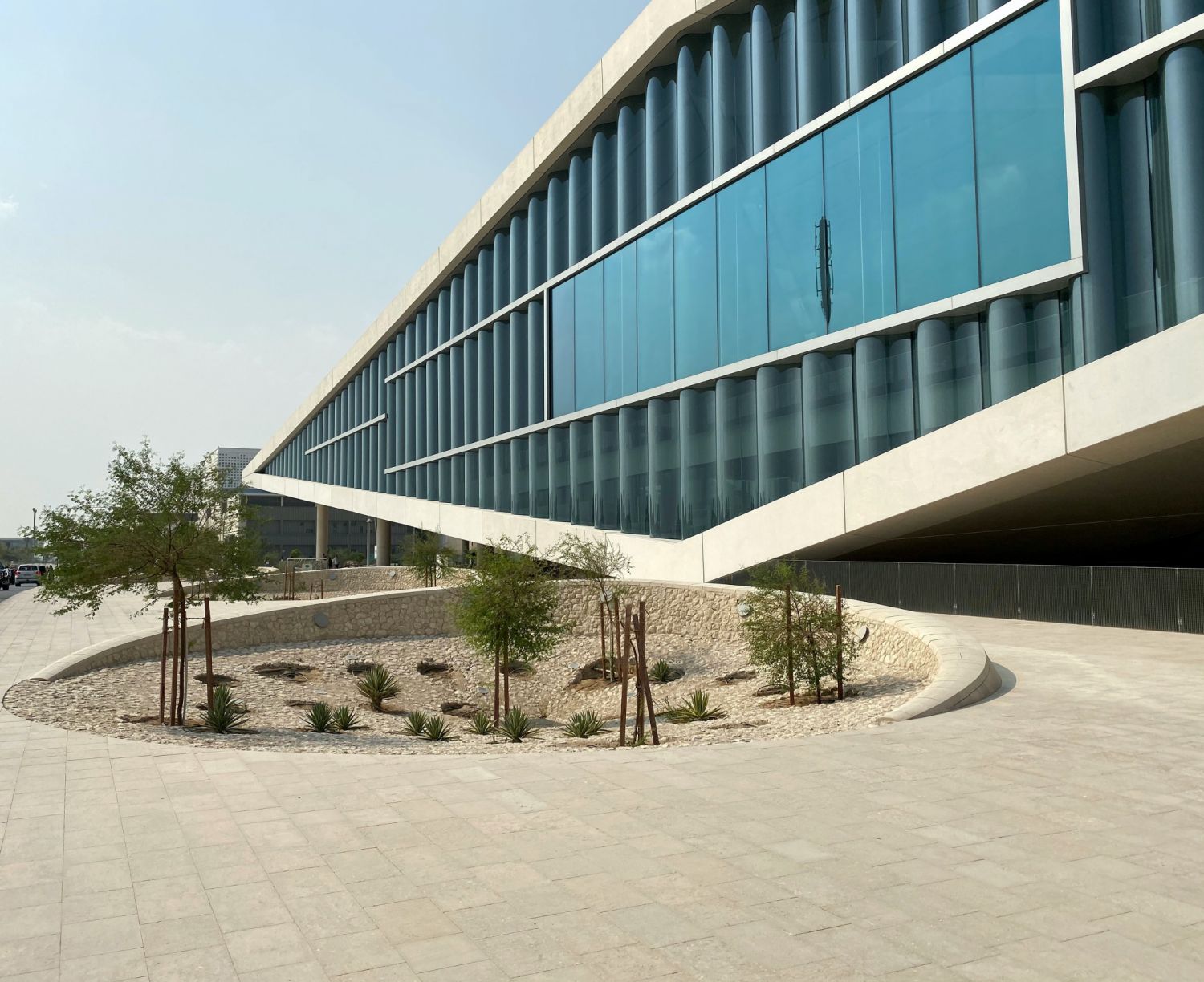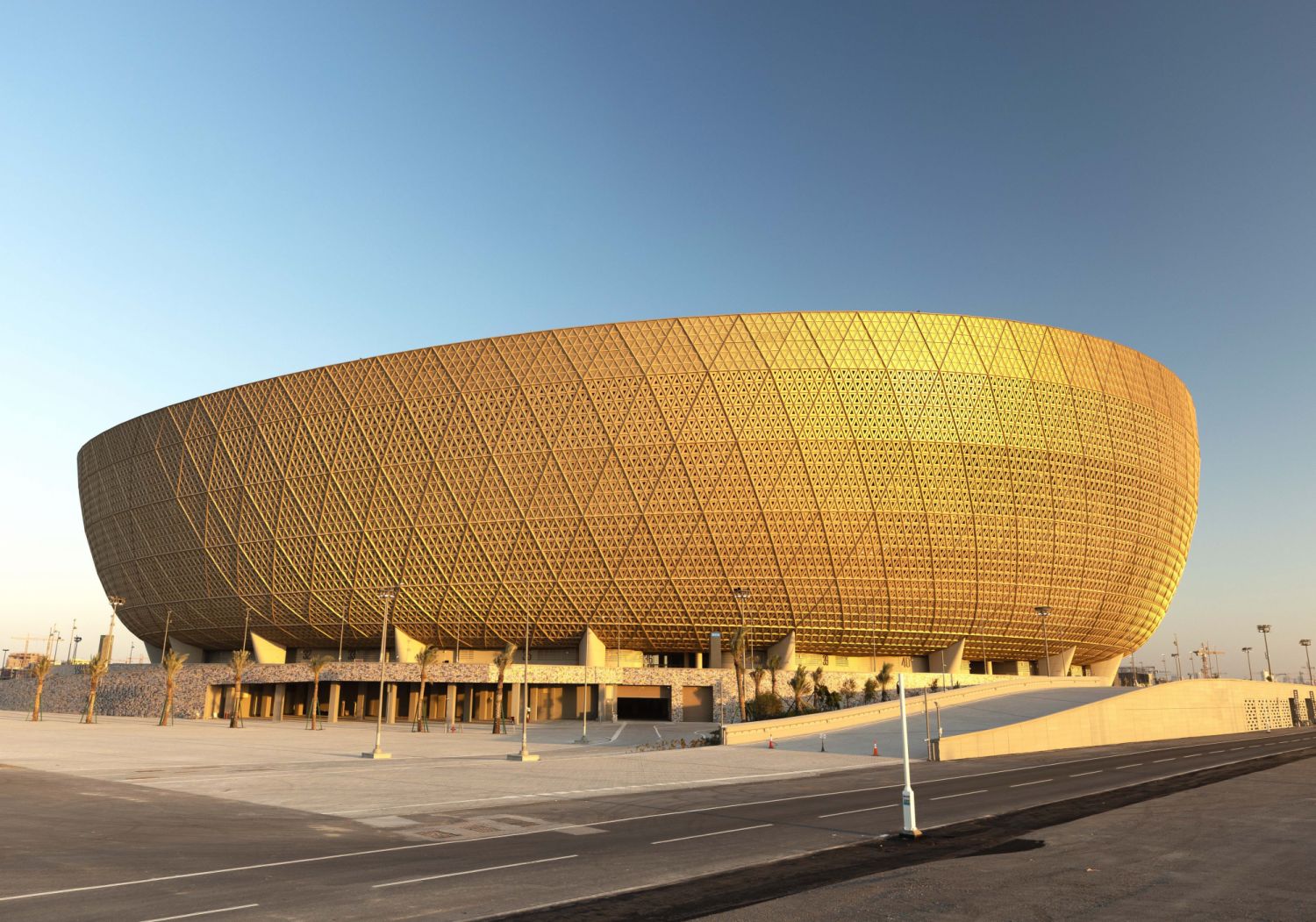From the sharp angles of the Qatar National Library to the fluid lines of the Al Janoub Stadium, Qatar’s architecture is astounding. Here are seven must-see buildings if you're attending the World Cup.
As the world's most anticipated football event kicks off in Qatar in what is also the first World Cup in the Arab world, it's interesting to note that there is a total of eight new stadiums built to accommodate the 64 matches to be played in the tournament.
More than just football pitches, these stadiums boast starchitect branding, not unlike the futuristic skyscrapers and incredible structures designed by world-renowned architects such as I.M. Pei, Jean Nouvel, and OMA that have sprung up around Doha in the last decade.
From awe-inspiring libraries to magnificent museums, we pick seven must-visit design marvels.
1. Qatar National Library

Distinctively angular with an unexpected form, the Qatar National Library is located in Education City, a 12km² campus housing multiple educational and research institutes.
Designed by renowned Netherlands firm OMA, its interior is as spectacular as its exterior. The vast facility is home to more than one million books. It utilises innovative technology like automated book sorting and a “people mover” system to ensure the collection is accessible to everyone.
At its heart is a heritage library buried six meters below ground level that holds documents dating as far back as the seventh century AD and was constructed to look like an excavation site.
Don't miss: World Cup Qatar 2022: 5 Highlights from the Opening Ceremony






